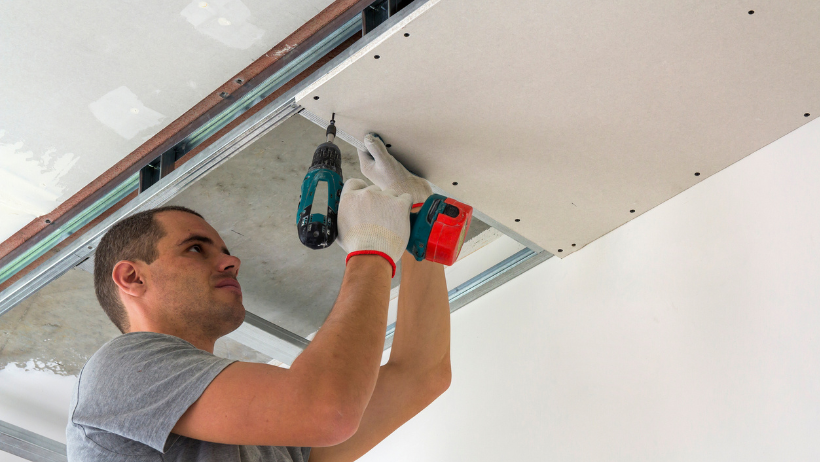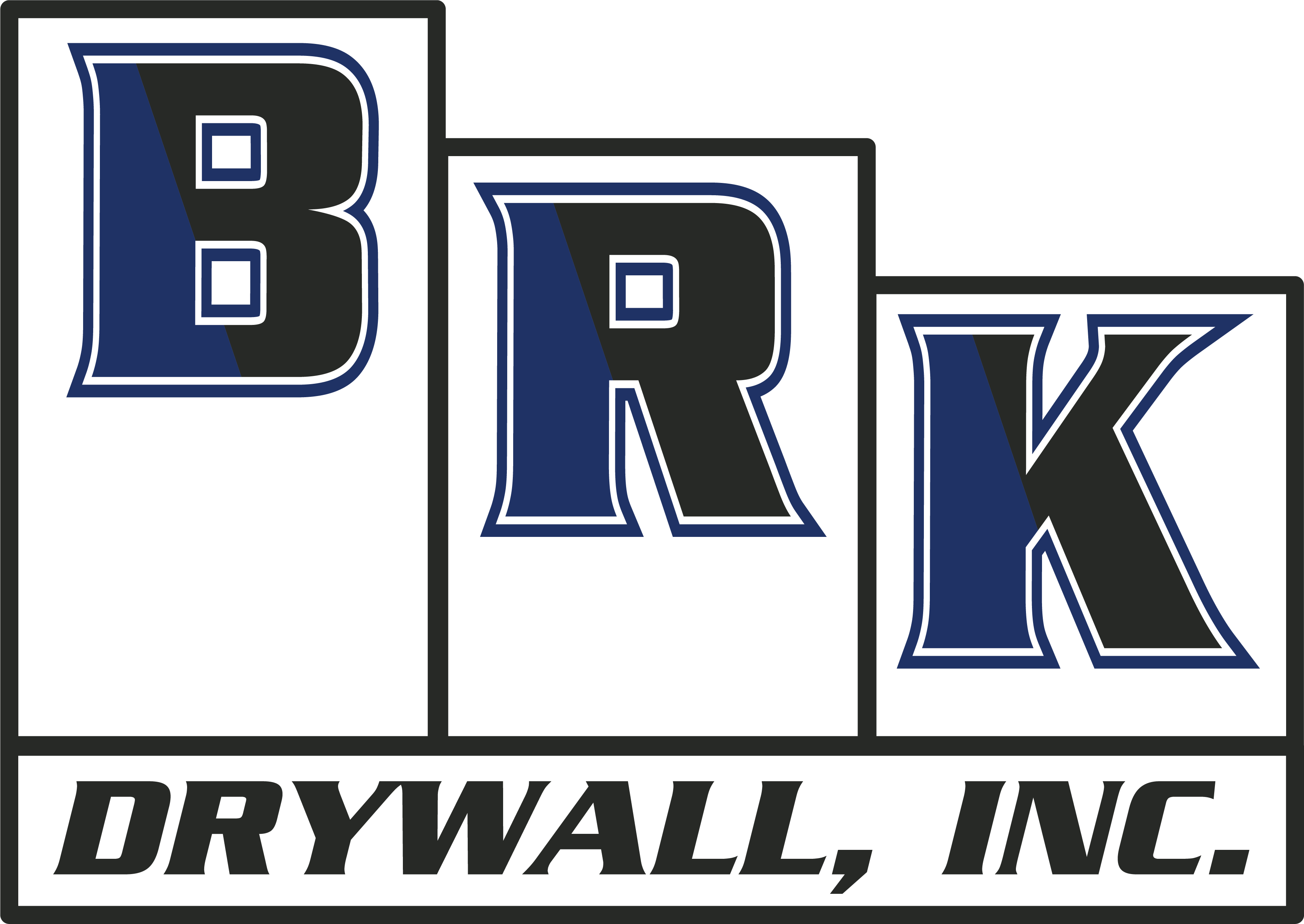Drywall finishing is the final—and often most important—step in creating smooth, polished walls. Whether you’re painting, wallpapering, or applying texture, the quality of the finish directly impacts the look and longevity of your walls.
To standardize results, the industry uses a scale known as drywall finish levels. These levels define the amount of finishing done, from basic coverage to a flawless, paint-ready surface. Knowing which level to choose helps ensure the right look and performance for any space.
At BRK Drywall, we’ve helped homeowners across the country understand and apply the right finish for their needs. In this guide, we’ll break down each level, explain when and where it’s used, and help you choose the best finish for your next project.
Understanding Drywall Finish Levels
What Are the Levels of Drywall Finish?
Drywall finish levels are wall and ceiling industry-defined stages—ranging from Level 0 to Level 5—that describe how much finishing has been done on a drywall surface. Based on the GA-214 standard, they ensure consistency across construction and remodeling projects.
Each level builds on the last, from bare panels to a smooth, paint-ready surface. These levels help match the finish to its final decoration—whether it’s texture, paint, or wallpaper—so the results look professional and last.

Level 0 Drywall Finish
Level 0 is the most basic stage of drywall finishing. At this level, the drywall is simply installed with no taping, joint compound, or finishing work.
It’s typically used in spaces where appearance isn’t a concern, such as during temporary construction or in fire-rated assemblies that will eventually be covered or left unseen.
Level 1 Drywall Finish
With Level 1, drywall begins to take shape, but it’s still very minimal. Tape is applied to the joints and corners, but no additional compound is added.
This level is commonly found in areas that will never be visible, like above ceilings, inside plenums, or in mechanical rooms where access is limited and finish isn’t required.
Level 2 Drywall Finish
Level 2 includes a light coat of joint drywall compound over all taped seams and screw heads, offering a modest improvement in surface smoothness. It’s a practical choice for unfinished spaces like garages, basements, or utility rooms—places where durability matters but looks take a back seat.
Level 3 Drywall Finish
At Level 3, the surface gets two coats of joint compound, making it noticeably smoother. This level is best suited for walls that will be covered with heavy textures or thick wall coverings.
Since it’s not quite smooth enough for paint, especially in good lighting, it’s rarely used on uniform surfaces that will remain exposed.
Level 4 Drywall Finish
Level 4 is the go-to finish for most interior walls and ceilings. It involves multiple coats of joint compound and careful sanding to create a clean, smooth surface. It’s ideal for areas that will be painted with flat or low-sheen paint and is commonly used in both residential and commercial construction.
Level 5 Drywall Finish
For the most flawless results, Level 5 adds a skim coat of drywall mud over the entire wall, followed by fine sanding for any ridges or tool marks. This creates a uniform, ultra-smooth surface that holds up beautifully under bright lighting or when using high-gloss or enamel paints.
It’s often used in upscale homes, showrooms, or offices with large windows and dramatic light.
Choosing the Right Level of Drywall Finish
Key Considerations
Selecting the appropriate drywall finish level depends on several factors, from how the wall will be used to how it will look under certain lighting. Here are the key things to keep in mind:
- Type of Paint or Wall Covering: Flat paints hide more flaws, while glossy finishes highlight every imperfection on the entire surface.
- Lighting Conditions: Direct or angled lighting—like from windows or track lights—can make surface flaws much more noticeable.
- Critical Lighting Zones: Spaces with strong natural or artificial lighting often require a higher finish level for a smooth, flawless look.
- Surface Texture: Heavily textured walls help conceal imperfections, while smooth walls may need a skim coat for a clean, even finish.
- Budget Constraints: Higher finish levels involve more labor, time, and materials, which can increase overall project costs.
Application Examples
Different spaces require different drywall finish levels based on visibility and use. A standard bedroom wall usually needs Level 4, while an accent wall with high-gloss paint benefits from Level 5 to avoid showing flaws.
In living areas, smoother finishes matter more, while utility rooms or garages can use Level 2. The same applies to commercial spaces—offices often need a higher level than warehouses or storage areas.
DIY vs. Professional Drywall Finishing
When to DIY
If you’re comfortable with basic tools and techniques, Levels 0 to 2 are generally manageable for a confident DIYer. These levels work well in non-visible or functional areas like garages, basements, or utility spaces where a flawless finish isn’t required.
When to Hire a Pro
For Levels 4 and 5, it’s usually best to bring in the professional drywall finishers. Achieving a seamless finish at these levels takes experience, especially when it comes to precise sanding and applying a full skim coat. This can start with one coat leading up to three coats depending on the finish needed.
This is especially important in areas with strong lighting or glossy paint, where even minor imperfections will stand out.
Conclusion
Understanding the six drywall finish levels—from bare panels to a polished, paint-ready surface—can make all the difference in the final look and feel of your space.
Whether you’re finishing a utility room, prepping a home office, or planning a high-end feature wall, choosing the right level helps you balance appearance, budget, and function.
For expert advice or professional finishing you can trust BRK Drywall and let our team help you get the results you’re looking for.

